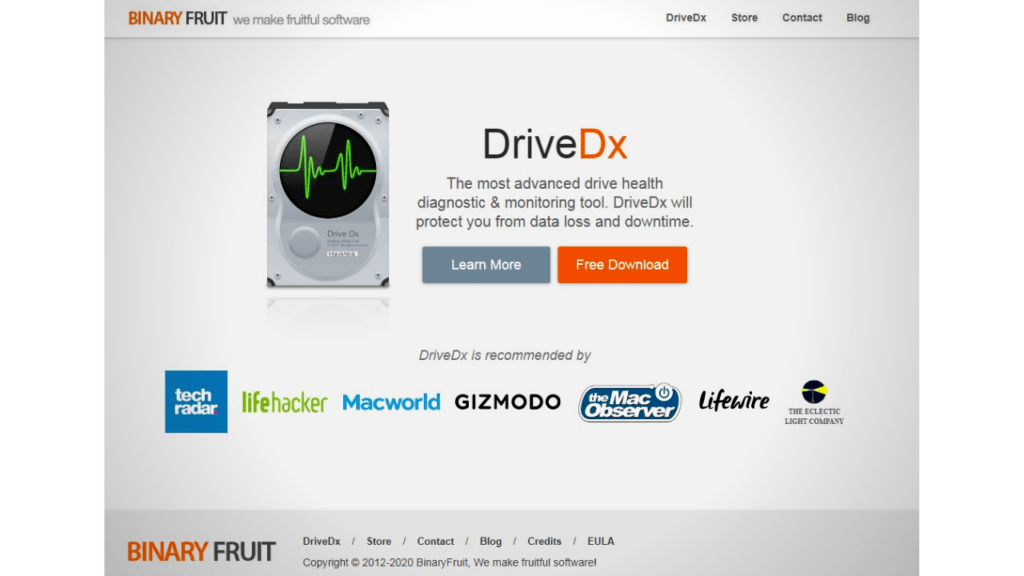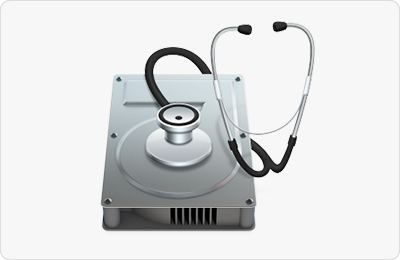

There are plenty of other things to go wrong.Īlso, back up your data, so the inconvenience of a dead drive doesn't turn into catastrophic data loss. Most dead SSDs I've come across have died well before hitting their TBW rating.

Two indicators to look at in DriveDX are Life Percentage Used and Data Units Written, both under Health Indicators.ĭriveDX analysis of the SSD inside a 2018 MacBook ProĪll this said, I wouldn't get too worried about drive wear. A full license only costs $20, so it actually a good utility to have installed. There's a free trial that'll give you an at-a-glance view of how worn your SSD is.

One of these is the Card Identification (CID) Register, a 16 byte code that contains information that uniquely identifies the SD card, including the card serial number (PSN), manufacturer ID number (MID) and manufacture date (MDT). They let you write a variety of patterns to the disk and then check to see if there are any failures. Information about an SD card is encoded in its internal card registries. OK, but you still want to know how worn your SSD is. If you want to fully test an SD card (destructively) you can check the entire data space with the F3 tools which have been ported to Linux. I've also seen drives die prematurely (but often this is not related to TBW).Īlso, manufacturers are now offering higher levels of TBW - like Samsung's 600TBW rating backed by a 10-year warranty - so this is rapidly becoming a non-issue. This rating is also a conservative estimate. Typically, a 250GB SSD will have a rating of 60 and 150TBW, which means that even at the lowest end of the rating to exceed this number in a year you'd have to be writing more than 100GB of data onto that 250GB drive EVERY DAY.


 0 kommentar(er)
0 kommentar(er)
